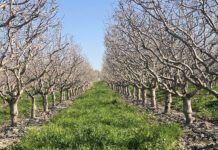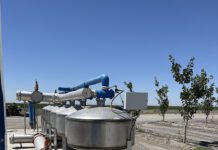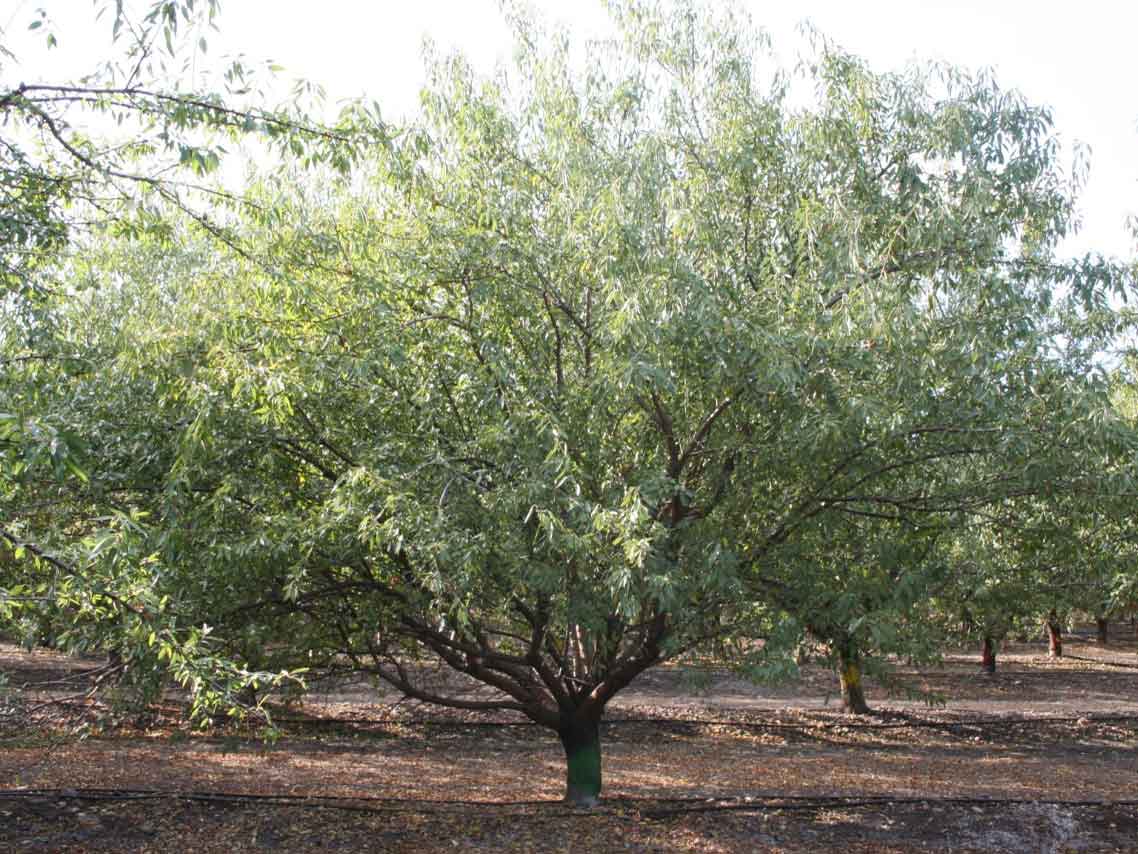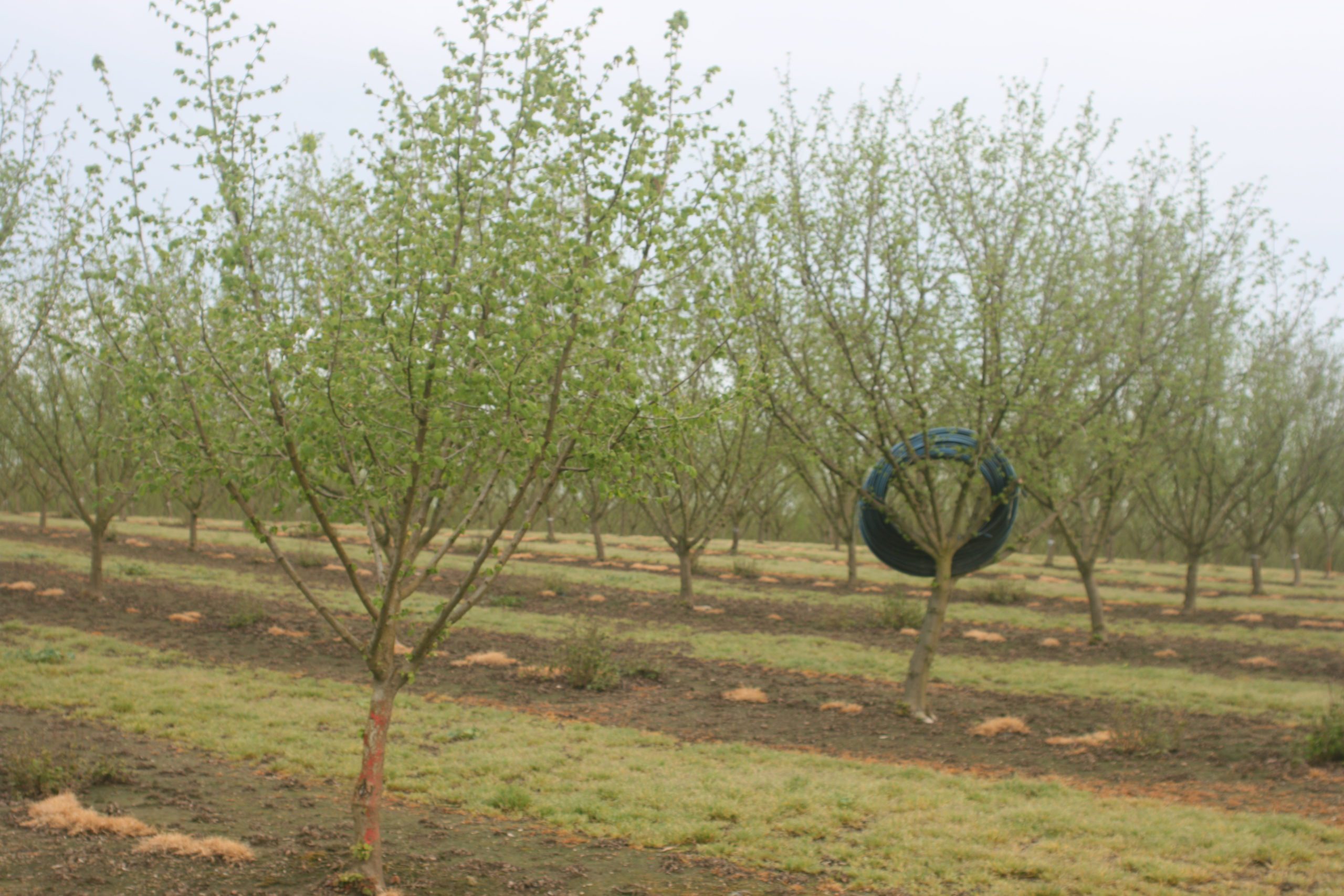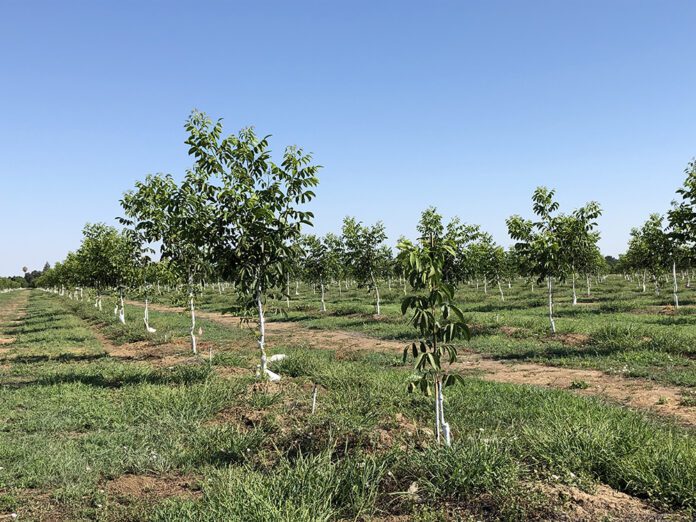
In a Nutshell: Listen to the Summary
The California Department of Pesticide Regulation (CDPR) recently reported the results of a study conducted over several months in Stanislaus County on air concentrations of three soil fumigants. And the findings? Nothing. They found nothing. While the fumigants were detected, no measurements exceeded 4% of the regulatory threshold, meaning there was no impact from the application of these fumigants. This comes as no surprise to the agricultural industry, which has the most stringent restrictions placed on soil fumigation anywhere in the world. Despite that fact, environmental justice and anti-pesticide activists continue to complain and pressure CDPR into studies like this one and into more and more restrictions.
As reported by Stanislaus County at the Board of Supervisors meeting in April of this year, in September 2023, CDPR selected Stanislaus County to conduct a Seasonal Air Monitoring Study. The county was chosen due to its high pesticide use from 2019 to 2021 and consistently high rankings in the CDPR Air Program’s Site Selection Report.
Preliminary results from the study found both acute (short-term, 24-hour) and subchronic (medium-term, 4 to 13 weeks) concentrations of the monitored fumigants were very low. None of the measured levels exceeded 4% of the regulatory threshold targets for maximum allowable concentrations. These findings suggest minimal risk from ambient air exposure to the monitored pesticides during the study period. Among the pesticides used in production agriculture during that period, 1,3-dichloropropene (1,3-D) was the most heavily applied, accounting for 33% of all active ingredients used.
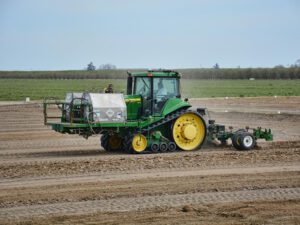
From October through December 2023, CDPR collaborated with the Stanislaus County Agricultural Commissioner’s Office and the local environmental justice group Valley Improvement Projects (VIP) to identify and secure three air monitoring locations: Grayson, Monterey Park Tract and Hughson. Preference was given to sites located at or near schools. After selecting the monitoring sites, CDPR held community meetings in each of the three locations to inform residents about the planned study and its objectives and to announce CDPR’s intention to return with the results. The primary objective of the study was to monitor the presence of fumigant pesticides (1,3-D, chloropicrin and MITC (which includes metam sodium, metam potassium and dazomet)) in ambient air during the high-use months of February, March, April and May 2024. Once the study was completed and the data reviewed, CDPR’s additional goal was to communicate the results to the public by publishing a report and providing presentations to communities located near the air monitoring sites.
The air monitoring study was conducted in Grayson, Monterey Park Tract and Hughson from Jan. 29 through May 10, 2024. At each site, four 24-hour air samples were collected per week, covering Monday through Friday. Preliminary results from the study found that both acute and subchronic concentrations of the monitored fumigants were very low. None of the measured levels exceeded 4% of the regulatory threshold targets for maximum allowable concentrations. These findings suggest minimal risk from ambient air exposure to the monitored pesticides during the study period.
So, will this put the issue to rest? Doubtful. CDPR recently informed the Western Tree Nut Association (WTNA) to expect yet another round of potential mitigation later this year as they continue to evaluate risks associated with the use of 1,3-D. And rest assured the activists, who are still riding the wave of eliminating the use of chlorpyrifos and the implementation of the Advance Pesticide Application Notification system known as Spray Days, will not give up in any way. WTNA is equally committed to fighting this effort and will not give up either, especially when the science is clear.

By Roger A. Isom | President/CEO, Western Agricultural Processors Association
Roger is President/CEO of the California Cotton Ginners and Growers Association and Western Tree Nut Association. He brings over 30 years of regulatory and legislative advocacy experience, specializing in environmental and safety matters. Roger’s responsibilities include the management of both Associations’ staff and day-to-day operations. Roger is also the President of the Ag Energy Consumers Association (AECA), board member and Past President of the Ag One Foundation at California State University Fresno, and manages the Navel Orangeworm Action Committee (NOWAC).








